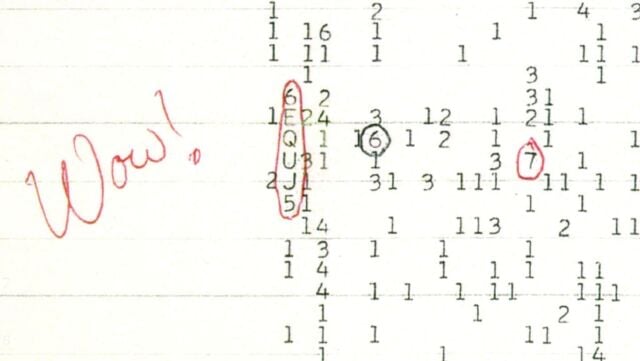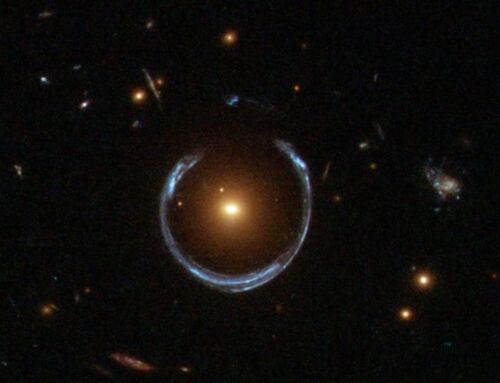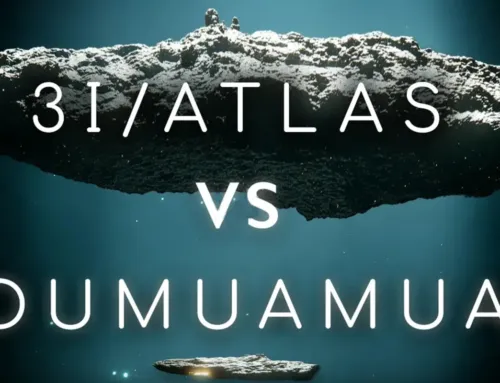 The computer printout where astronomer Jerry Ehman wrote ‘Wow!’ © Big Ear Radio Observatory
The computer printout where astronomer Jerry Ehman wrote ‘Wow!’ © Big Ear Radio Observatory
The “Wow!” Signal gets a big update. Scientists found an astrophysical explanation rather than radio interference.
The Wow! Signal, first detected in 1977 by Ohio State University’s SETI project, is still one of the most mysterious radio signals ever recorded. For years, progress in understanding it was limited because only a small amount of data was available. Now, researchers have revisited decades of previously unpublished observations, providing the most detailed re-analysis of the signal to date.
Scientists from the Arecibo “Wow!” (AWOW) project at the Arecibo Observatory in Puerto Rico recently re-examined the signal and all the follow-up data. Their new findings, shared on the arXiv preprint server and soon to be submitted to The Astrophysical Journal, update the signal’s known properties and provide the clearest picture yet.
The study, led by Abel Méndez of the University of Puerto Rico’s Planetary Habitability Laboratory, suggests the Wow! Signal may have come from a sudden brightening of a cold hydrogen cloud. This could have been triggered by a magnetar—a type of neutron star with an extremely strong magnetic field that can energize hydrogen atoms and produce a burst of radio waves.
By carefully analyzing old SETI data with modern tools, Méndez’s team was able to test this idea in detail. They found more evidence supporting an astrophysical explanation rather than radio interference. In particular, they showed that small, cold hydrogen clouds can produce narrow radio signals similar to the Wow! Signal.
This new analysis gives the most precise estimates yet of the signal’s location, strength, and frequency. It also points to new ways scientists might finally solve the mystery of its origin.
source Arecibo Wow! II: Revised Properties of the Wow! Signal from Archival Ohio SETI Data





Leave A Comment